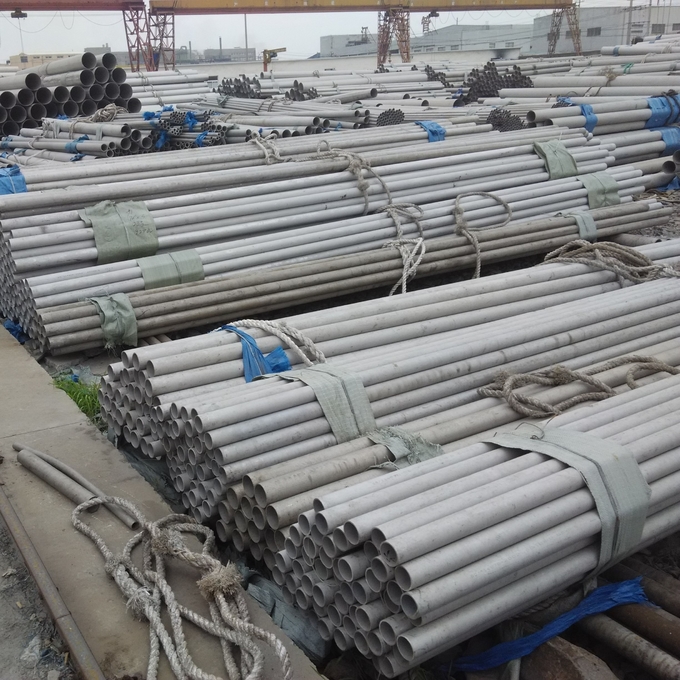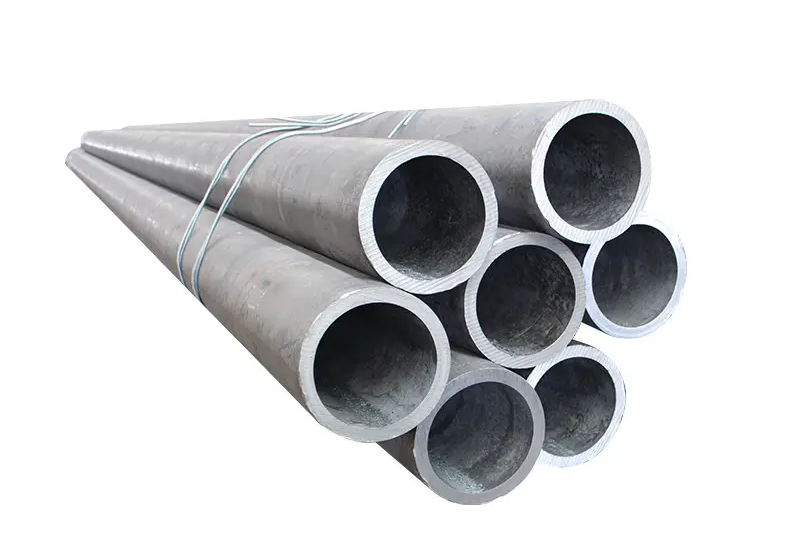Incoloy UNS N08028/W. Nr. 1.4563 Alloy Steel Pipe
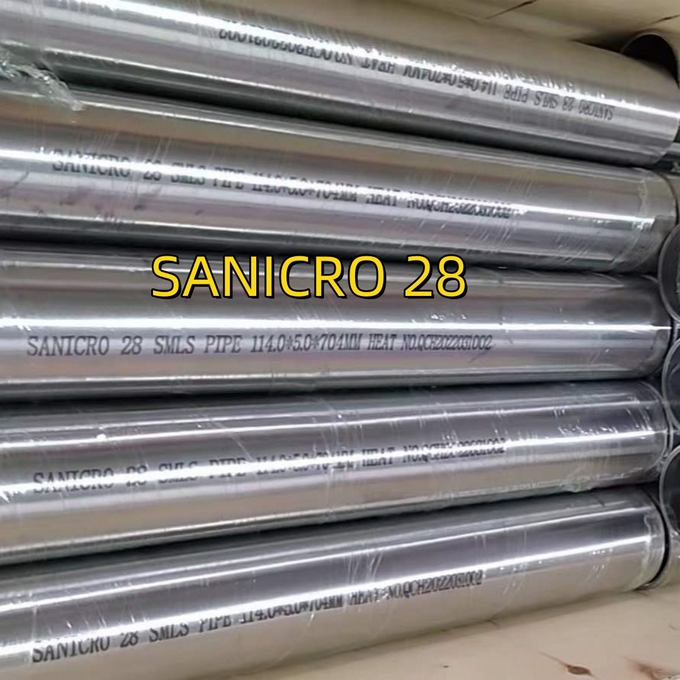
Incoloy 28 UNS N08028/W. Nr. 1.4563 Alloy Steel Pipe
Incoloy 28, designated as UNS N08028 or W. Nr. 1.4563, is a highly alloyed austenitic stainless steel pipe renowned for its exceptional corrosion resistance and mechanical strength. This alloy, primarily composed of nickel, iron, and chromium with significant additions of molybdenum and copper, is designed to perform in aggressive environments involving acids, chlorides, and sour gases. It is widely utilized across industries such as chemical processing, oil and gas, petrochemical, and marine applications due to its ability to resist pitting, crevice corrosion, and stress-corrosion cracking. This document provides a comprehensive overview of Incoloy 28 alloy steel pipe, including its parameters, dimensions, testing methods, pressure ratings, chemical composition, and mechanical properties, all presented in detailed tables.
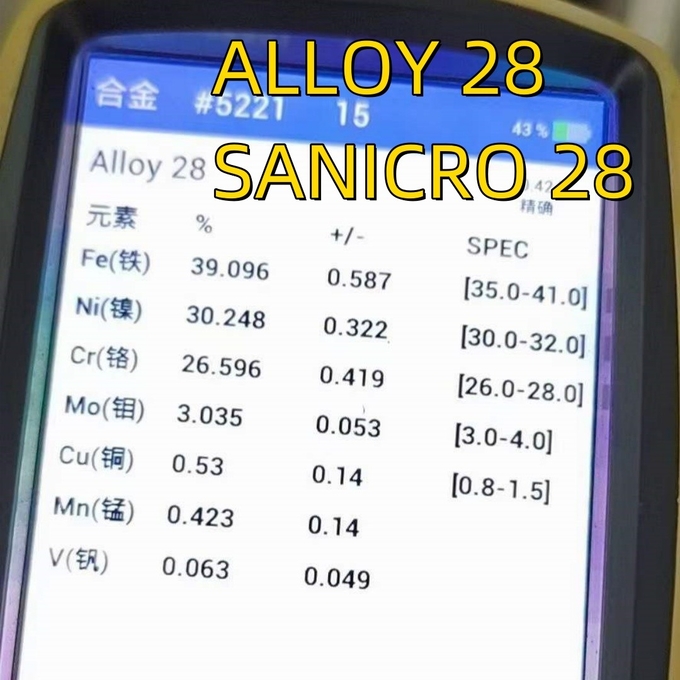
1. General Overview
Incoloy 28 is an austenitic stainless steel alloy developed to offer superior resistance to both oxidizing and reducing environments. Its composition enhances its performance in harsh conditions, such as those involving sulfuric acid, phosphoric acid, and chloride-rich media. The alloy’s versatility makes it suitable for seamless and welded pipe forms, meeting standards such as ASTM B668, B709, and B829. Its weldability, classified under ISO 8.2, eliminates the need for preheating, simplifying fabrication processes. The following sections delve into the technical specifications and performance characteristics of Incoloy 28 alloy steel pipe, providing a detailed resource for engineers, manufacturers, and end-users.

2. Parameters of Incoloy 28 Alloy Steel Pipe
The parameters of Incoloy 28 alloy steel pipe define its general characteristics, including applicable standards, forms, and intended applications. These parameters ensure the pipe meets the requirements of various industrial applications.
| Parameter | Description |
|---|---|
| Alloy Designation | Incoloy 28 (UNS N08028 / W. Nr. 1.4563) |
| Material Type | Nickel-Iron-Chromium Austenitic Stainless Steel with Molybdenum and Copper |
| Standards | ASTM B668 (Seamless Pipe), ASTM B709, ASTM B829 |
| Pipe Forms | Seamless, Welded, Precision Tube, Hydraulic Tube |
| Applications | Chemical Processing, Oil and Gas, Petrochemical, Marine, Nuclear |
| Weldability | ISO 8.2 Group; No Preheating Required |
| Temperature Range | Effective up to 1100°F (593°C); Avoid prolonged exposure above this limit |
3. Dimensions of Incoloy 28 Alloy Steel Pipe
Incoloy 28 alloy steel pipes are available in a range of dimensions to suit various applications. The dimensions below represent standard sizes for seamless and welded pipes, though custom sizes can be manufactured based on specific requirements. These dimensions comply with ASTM standards and are widely accepted in industrial settings.
| Nominal Pipe Size (NPS) | Outer Diameter (OD) (mm) | Wall Thickness (mm) | Schedule |
|---|---|---|---|
| 1/4″ | 13.72 | 1.65 – 2.24 | 10S, 40S |
| 1/2″ | 21.34 | 2.11 – 2.77 | 10S, 40S, 80S |
| 1″ | 33.40 | 2.77 – 3.38 | 10S, 40S, 80S |
| 2″ | 60.33 | 2.77 – 3.91 | 10S, 40S, 80S |
| 4″ | 114.30 | 3.05 – 6.02 | 10S, 40S, 80S |
| 6″ | 168.28 | 3.40 – 7.11 | 10S, 40S, 80S |
| Custom Sizes | Up to 710 mm OD | Variable | As per specification |
These dimensions ensure compatibility with standard piping systems and allow for flexibility in design and installation. Wall thickness varies according to the schedule, with Schedule 10S, 40S, and 80S being the most common for Incoloy 28 pipes.
4. Testing Methods for Incoloy 28 Alloy Steel Pipe
To ensure the quality and reliability of Incoloy 28 alloy steel pipes, various testing methods are employed. These tests assess the pipe’s integrity, corrosion resistance, and mechanical performance under different conditions. The following table outlines the primary testing methods.
| Test Type | Description | Standard |
|---|---|---|
| Tensile Test | Measures tensile strength, yield strength, and elongation | ASTM E8 |
| Hydrostatic Test | Evaluates pressure resistance without leakage | ASTM B829 |
| Eddy Current Test | Non-destructive test for surface and subsurface defects | ASTM E426 |
| Ultrasonic Test | Detects internal flaws using high-frequency sound waves | ASTM E213 |
| Flattening Test | Assesses ductility and weld integrity | ASTM B668 |
| Corrosion Test | Evaluates resistance to pitting and crevice corrosion | ASTM G48 |
| Intergranular Corrosion Test | Checks susceptibility to grain boundary attack | ASTM A262 |
These tests ensure that Incoloy 28 pipes meet stringent quality standards, making them suitable for critical applications where failure is not an option. Manufacturers typically provide test certificates to verify compliance.
5. Pressure Ratings for Incoloy 28 Alloy Steel Pipe
Pressure ratings for Incoloy 28 alloy steel pipes depend on the pipe’s dimensions, wall thickness, and operating temperature. The table below provides approximate pressure ratings for seamless pipes at room temperature, based on ASME B31.3 standards.
| Nominal Pipe Size (NPS) | Schedule | Wall Thickness (mm) | Pressure Rating (psi) |
|---|---|---|---|
| 1/2″ | 40S | 2.77 | 3000 |
| 1/2″ | 80S | 3.73 | 4500 |
| 1″ | 40S | 3.38 | 2500 |
| 1″ | 80S | 4.55 | 3800 |
| 2″ | 40S | 3.91 | 2000 |
| 2″ | 80S | 5.54 | 3200 |
| 4″ | 40S | 6.02 | 1800 |
Pressure ratings decrease with increasing temperature. For precise ratings at elevated temperatures, consult ASME B31.3 or manufacturer data, considering factors such as allowable stress and corrosion allowance.
6. Chemical Composition Analysis
The chemical composition of Incoloy 28 is critical to its corrosion resistance and mechanical properties. The alloy’s balanced composition of nickel, chromium, molybdenum, and copper ensures its performance in aggressive environments. The table below details the typical chemical composition.
| Element | Composition (%) | Role |
|---|---|---|
| Nickel (Ni) | 30.0 – 34.0 | Enhances corrosion resistance and high-temperature stability |
| Chromium (Cr) | 26.0 – 28.0 | Provides resistance to oxidizing environments |
| Iron (Fe) | Balance | Base element, contributes to structural integrity |
| Molybdenum (Mo) | 3.0 – 4.0 | Improves pitting and crevice corrosion resistance |
| Copper (Cu) | 0.6 – 1.4 | Enhances resistance to sulfuric acid |
| Manganese (Mn) | ≤ 2.5 | Improves strength and workability |
| Silicon (Si) | ≤ 1.0 | Aids in deoxidation during manufacturing |
| Carbon (C) | ≤ 0.03 | Low content prevents carbide precipitation |
| Phosphorus (P) | ≤ 0.03 | Controlled to minimize embrittlement |
| Sulfur (S) | ≤ 0.03 | Low levels enhance corrosion resistance |
This composition ensures Incoloy 28’s ability to withstand a variety of corrosive media, including sulfuric acid, phosphoric acid, and chloride solutions, making it a preferred choice for demanding applications.
7. Mechanical Properties
The mechanical properties of Incoloy 28 alloy steel pipe determine its suitability for high-strength applications. These properties are tested under annealed conditions and can be enhanced through cold working. The table below presents typical values.
| Property | Value | Unit |
|---|---|---|
| Tensile Strength | ≥ 650 | MPa |
| Yield Strength (0.2% Offset) | ≥ 300 | MPa |
| Elongation | ≥ 40 | % |
| Hardness (Brinell) | ≤ 230 | HB |
| Density | 8.0 | g/cm³ |
| Modulus of Elasticity | 195 | GPa |
| Thermal Conductivity | 11.4 | W/m·K (at 20°C) |
These mechanical properties make Incoloy 28 suitable for applications requiring both strength and ductility, such as downhole tubing in sour gas wells and piping in chemical plants.
8. Applications and Performance
Incoloy 28 alloy steel pipe excels in environments where corrosion resistance and mechanical strength are paramount. Its applications span multiple industries, leveraging its unique properties to solve engineering challenges.
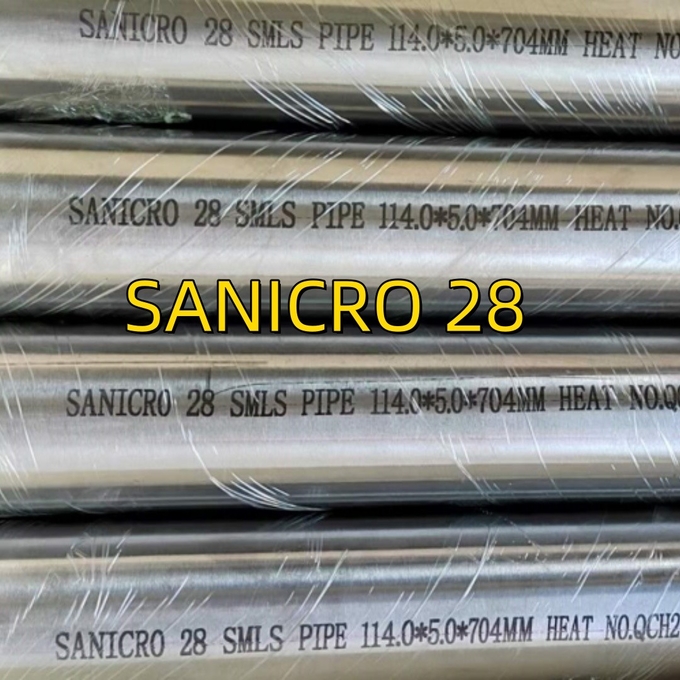
- Chemical Processing: Used in heat exchangers, reactors, and pipelines handling corrosive acids like sulfuric and phosphoric acid.
- Oil and Gas: Employed in downhole tubing and casing for sour gas wells, resisting hydrogen sulfide and chloride-induced corrosion.
- Petrochemical: Ideal for piping systems exposed to aggressive media in refineries and processing plants.
- Marine: Utilized in seawater-cooled heat exchangers due to its resistance to chloride pitting and crevice corrosion.
- Nuclear: Applied in components requiring resistance to stress-corrosion cracking in high-radiation environments.
The alloy’s performance in these applications is a testament to its robust design and material properties, offering longevity and reliability under extreme conditions..
